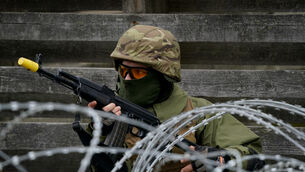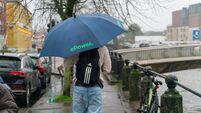Contaminated water ‘may breed disease’
With infrastructure, including latrines and water wells, in the worst hit areas in tatters, international organisations urged that the thousands of bloated corpses littering beaches, streets and makeshift morgues be disposed of quickly to stem the threat of disease.
Experts said that though the risk of epidemics varied from country to country according to their standards of hygiene, hot temperatures, poor to nonexistent sewerage and spoiled food provided breeding grounds for germs.














